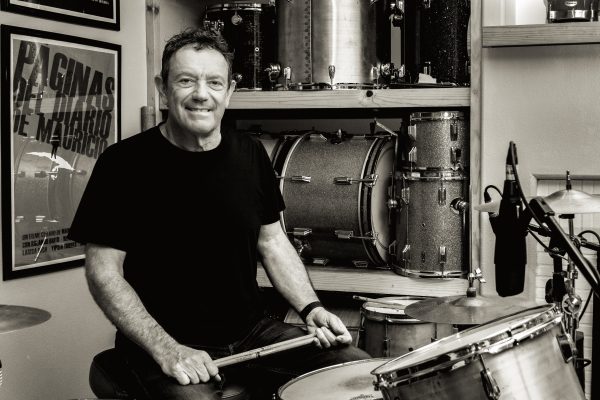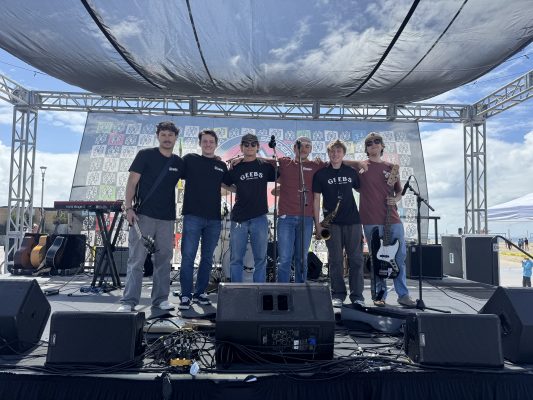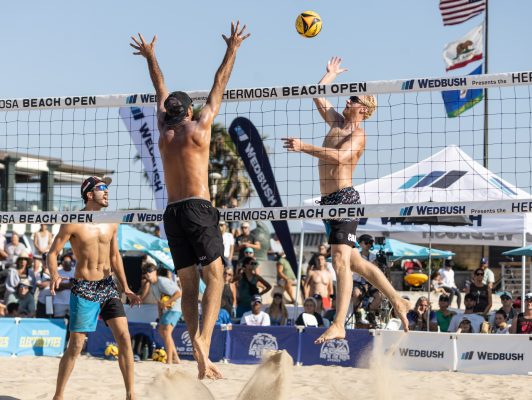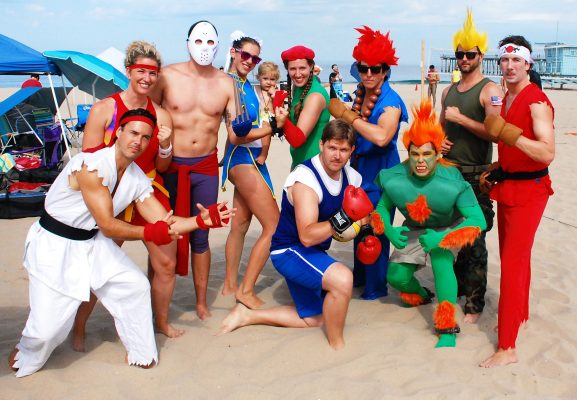Explore how the haka fuels motivation and intimidation in sports, its cultural impact, and its role in shaping New Zealand’s global athletic identity.
The Haka in Sports: How Māori Traditions Fuel Motivation and Intimidation on the Field

The haka is one of the most iconic displays of cultural expression in sports. Rooted in Māori traditions, this powerful war dance is performed by teams before matches, serving as both a battle cry and a means of uniting players. The haka embodies strength, pride, and identity, making it a significant aspect of New Zealand’s sporting culture.
Although the haka is most closely associated with the All Blacks rugby team, its influence extends to various sports worldwide. It has become a symbol of intimidation and respect, demonstrating the deep connection between indigenous traditions and modern athletic competition. Plinko NZ and other elements of New Zealand’s entertainment landscape similarly reflect the country’s rich cultural diversity, blending history with contemporary excitement.
Why This Topic is Relevant in 2025
As global sports continue to evolve, cultural elements like the haka gain even more importance. In 2025, the haka is not just a performance—it is a statement of identity and a testament to the endurance of Māori traditions. With increasing conversations around indigenous representation in sports, the haka remains a defining factor in how New Zealand is perceived on the world stage.
Beyond rugby, other sports teams have begun incorporating war dances and cultural rituals into their pre-game routines. This growing recognition of indigenous heritage helps create a more inclusive sporting world while maintaining the traditions that define national pride.
Key Aspects to Be Covered:
- The history and meaning of the haka
- The psychological impact of the haka on teams and opponents
- How the haka influences modern sports culture
- The expansion of indigenous war dances in global athletics
Major Trends and Developments

Innovations and Technological Advancements
The performance of the haka has remained largely unchanged for centuries, but technology has enhanced how it is experienced. High-definition broadcasts, slow-motion replays, and immersive VR experiences have allowed global audiences to engage with the haka on a deeper level.
Additionally, data analytics are being used to study the physiological effects of the haka on players. Researchers have found that performing the haka can increase adrenaline levels and sharpen focus, providing a tangible competitive advantage.
How This Affects the Industry and Fans
For athletes, the haka is more than just a spectacle—it is a ritual that fosters team cohesion and boosts morale. It enhances the mental readiness of players, preparing them for the intensity of competition.
For fans, the haka serves as a powerful moment of connection. Whether watching in a packed stadium or through a screen, spectators feel the energy and passion that define the Māori spirit. The haka has also become a key marketing tool, attracting audiences and reinforcing New Zealand’s reputation for sporting excellence.
Practical Advice and Recommendations
How to Adapt to Emerging Trends
Sports organizations looking to honor indigenous traditions should ensure authenticity and respect when incorporating cultural elements into their pre-game rituals. Collaboration with Māori cultural experts is essential to preserving the integrity of these performances.
For teams seeking to replicate the haka’s psychological benefits, implementing pre-game rituals that enhance team unity and focus can be highly effective. Whether through group chants, synchronized movements, or motivational speeches, the core principles of the haka can be adapted to different sporting contexts.
Examples of Success Stories
- The All Blacks’ Unrivaled Legacy – The haka has played a role in establishing the All Blacks as one of the most dominant teams in rugby history. Their powerful performances set the tone for victory before the game even begins.
- Haka in Other Sports – Teams in basketball, American football, and MMA have incorporated war dances inspired by the haka, demonstrating its universal appeal.
- Cultural Recognition in Global Sports – International organizations are increasingly highlighting indigenous traditions, reinforcing the importance of cultural representation in athletics.
Connection with Other Industries
Impact on the Economy
The haka has significant commercial value, particularly in tourism and sports merchandising. Visitors to New Zealand often seek cultural experiences, including haka performances at sporting events and cultural centers.
The haka also generates revenue through branded merchandise, media rights, and sponsorship deals. Its inclusion in promotional campaigns strengthens New Zealand’s global identity and enhances its influence in the sports industry.
How It is Used in Different Sectors
From corporate leadership workshops to entertainment productions, the haka’s principles of unity and determination are applied in various fields. Businesses have drawn inspiration from the haka to foster teamwork and resilience in high-pressure environments.
Conclusion
The haka remains an integral part of New Zealand’s sporting identity, embodying the strength, heritage, and pride of the Māori people. Its psychological impact, cultural significance, and global recognition make it one of the most compelling traditions in sports. Whether fueling motivation on the field or captivating audiences worldwide, the haka stands as a testament to the enduring power of cultural expression in athletics.










